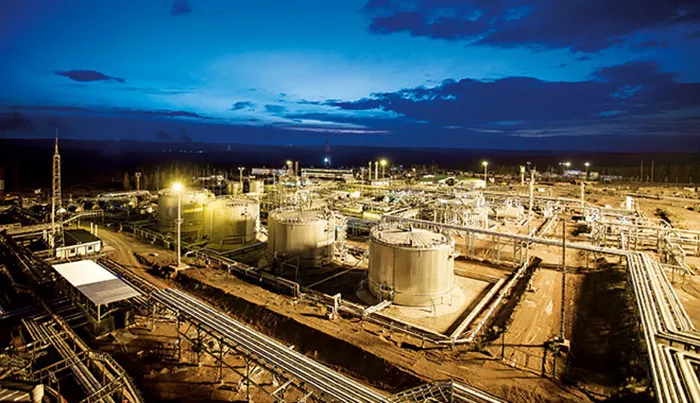U.S. oil production is expected to see a modest decline this year due to weakening prices, according to the chief executive of Vitol Group, the world’s largest independent oil trader.
Speaking at the Energy Asia conference in Kuala Lumpur on Tuesday, Vitol CEO Russell Hardy highlighted the early signs of reduced investment and output in the U.S. oil sector, particularly within the shale industry.
“With slightly lower prices, we’re beginning to see some impact on investment and production,” Hardy said. “And there’s nowhere more obvious for that than within the U.S. and within the shale industry,” he added.
His comments align with growing industry concerns that the U.S. shale sector, which has driven much of the country’s record oil production, is now struggling to sustain momentum as crude prices soften.
ConocoPhillips Chairman and CEO Ryan Lance echoed these concerns last month, noting that U.S. shale output is likely to plateau if West Texas Intermediate (WTI) crude prices stay in the low $60s per barrel and could decline if prices fall into the $50s.
According to the latest Dallas Fed Energy Survey, executives in the sector reported that they require an average of $65 per barrel to profitably drill new wells—highlighting the narrow margin for continued expansion under current market conditions.
The U.S. Energy Information Administration (EIA) also revised its outlook downward in its June Short-Term Energy Outlook. It now projects that U.S. crude oil production, which hit a record 13.5 million barrels per day (bpd) in Q2 2025, will ease to about 13.3 million bpd by the end of 2026.
The slowdown is already evident in drilling activity. The U.S. oil rig count, as tracked by Baker Hughes, dropped to just 442 last week—the lowest since November 2021. Notably, the Permian Basin, America’s top shale-producing region, has seen rig numbers fall to levels not seen since late 2021.
Adding to market uncertainty is the ongoing conflict between Israel and Iran, which has injected volatility into oil prices. WTI crude briefly climbed above $70 per barrel amid geopolitical fears.
However, analysts caution that without a direct disruption to oil supply or trade routes in the Middle East, the market may struggle to sustain prices in the $70s.
The combined effect of softening prices, waning investment, and geopolitical uncertainty underscores a potentially challenging year ahead for the U.S. oil sector.


